#dans ma graphique era
Explore tagged Tumblr posts
Text
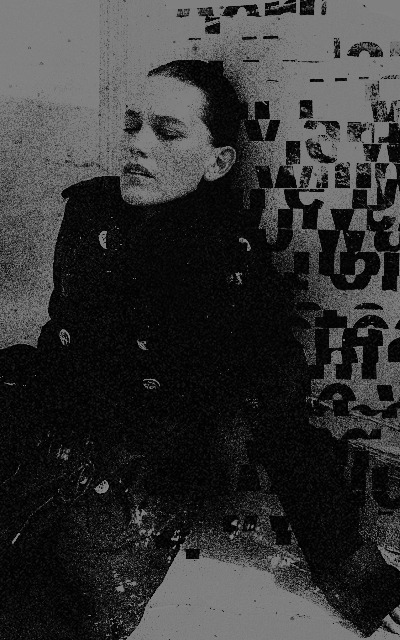
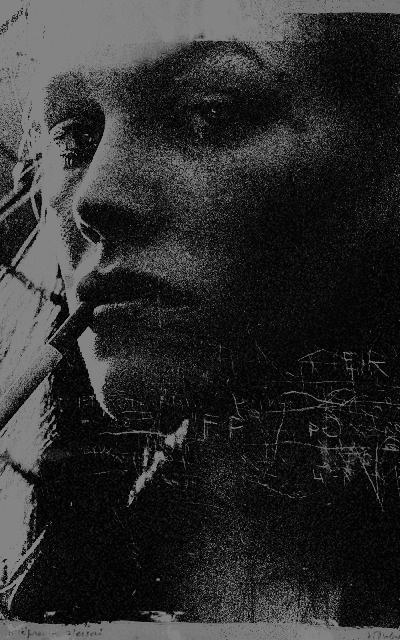

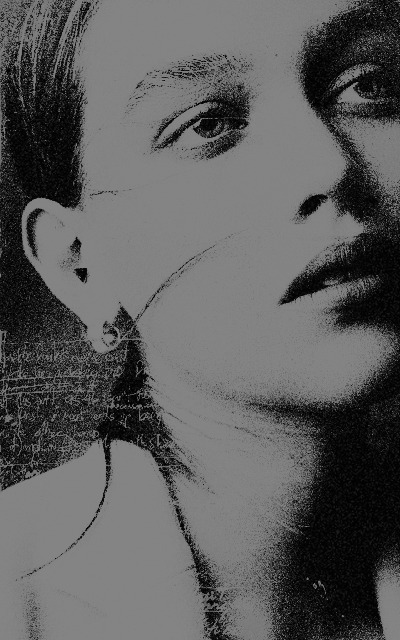
victoria pedretti (400x640).
credit; martyr.
#victoria pedretti#victoria pedretti avatars#mine#avatars rpg#avatars#400x640#rpg#avatars*#forum rpg#avatar#dans ma graphique era#je met des textures graphiques partout#yolo
46 notes
·
View notes
Photo


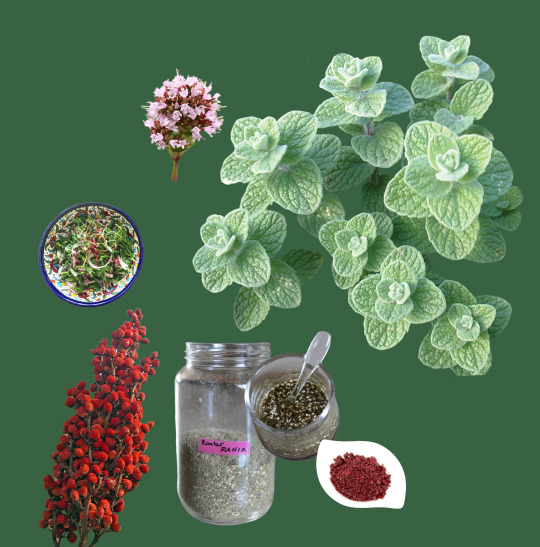
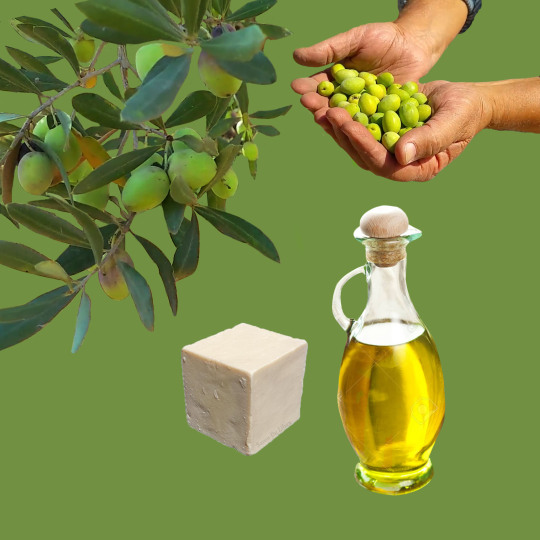
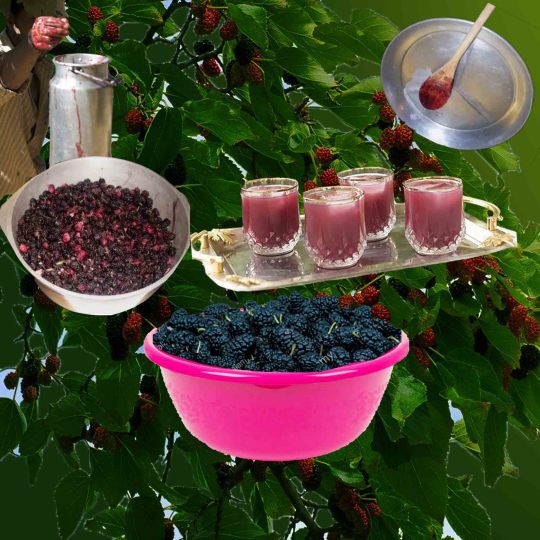
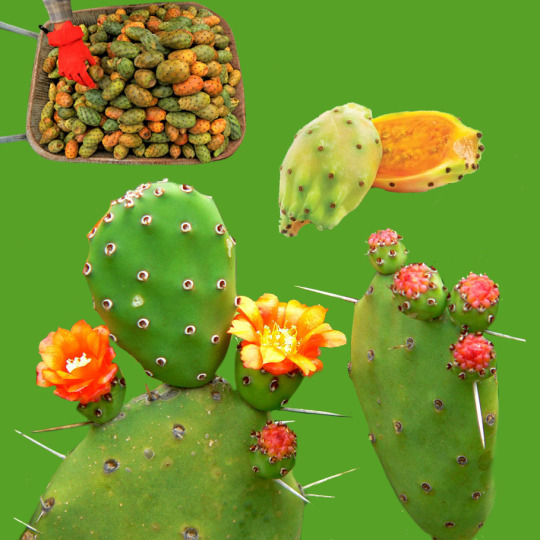
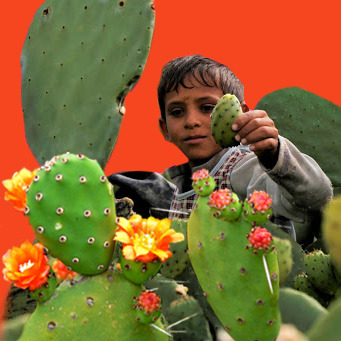
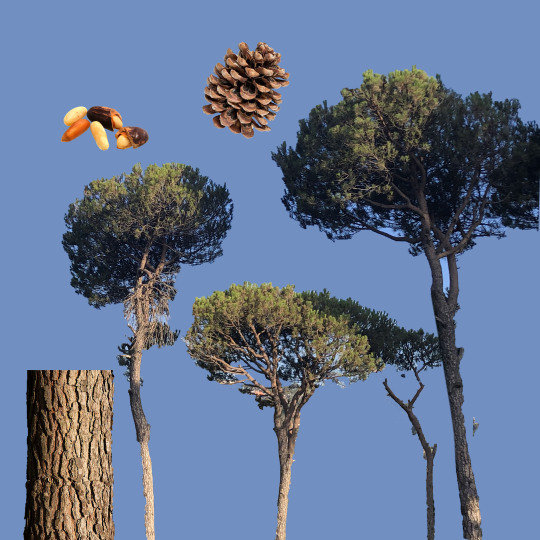

Where do roots grow?
You have your Lebanon and I have mine.
You have your Lebanon with her problems, and I have my Lebanon with her beauty.
You have your Lebanon with all her prejudices and struggles, and I have my Lebanon with all her dreams and securities.
Your Lebanon is a political knot, a national dilemma, a place of conflict and deception.
My Lebanon is a place of beauty and dreams of enchanting valleys and splendid mountains.
Your Lebanon is inhabited by functionaries, officers, politicians, committees, and factions. My Lebanon is for peasants, shepherds, young boys and girls, parents and poets.
Your Lebanon is empty and fleeting, whereas My Lebanon will endure forever.
- Gibran Kahlil Gibran, "The Eye of the Prophet" 1920
----
This ongoing research project is to document, archive and get to know better the plants used in traditional cuisine and medicine in Lebanon. Writing down knowledge passed on culturally, I want to safekeep it. Motivated by the desire to better understand the Lebanese identity, I went down the rabbit hole of all the tastes and smells I love and that remind of Lebanon and that are the work of the women in my family. There is also the desire to fight negative stereorypes of Arab countries as made for and by war, and to recover all the amazing relationship to the land and to science that dates back to hundreds of years in the region. It’s also to fight forgetfulness, the current fragility of rural knowledge, and the threats of deforestation and urbanisation because of the lack of protection to the land. My information also come from NGOS and organism working for the same purpose in Lebanon, and I want to synthetise the informaton into a more accessible, personal and artistic account!
In a way, I also hope to show that food production in Lebanon has traditionally be very decentralized and local and still is: everyone has a parent, family or a neighbour who they can get their essential products from, which means that production knowledge is very widespread outside of cities. With the current econimic collapse, this is particularly important.
Sources:
My aunts
Lebanon Biodiversity
Wild Lebanon
The Silk Museum
Slow Food Foundation
-----
Bousfeir or Bitter Orange
Latin name:
Locality: most famously Maghdoucheh
Method of extraction: Alembic, or Karake for Mazaher. Peeling and cooking for dessert
The smell of bitter orange blossoms is so distinct and it will fill your lungs with absolute bliss when you happen to pass by one in the streets!
Culinary: The flowers from Bousfeir, or bitter orange, are used to make Mazaher, which smells like heaven and has many culinary uses. Mazaher flavours many rice and milk desserts (paired with Mawared, rose water) and is a main ingredient in the sugar syrup (qatr) that accompanies many sweets and pastries.
If you add a teaspoon of orange blossom water to a cup of boiling water you will make ‘White Coffee’ or Ahweh Bayda, a delicious warm drink served after meals with many soothing properties. You can also pour mazaher tea and coffee for extra flavour!
We also use the peel of the Bousfeir, which is a little bit bitter, to make jams and sweets. By simmering the juice of bitter orange in sugar, and boiling over medium fire, we make bousfeir syrup which used to prepare refreshing summer cocktails and tahini sauce.
Medicinal use: We apply mazaher onto people’s faces who feel ill or faint. White Coffee is known to favour digestion and is very soothing and relaxing to drink before sleep.
Spiritual: Mazaher is associated with the celebration of the beginning of Muharram, the Islamic New Year.
Historical Context:
Where to buy in Brussels: Chaussee de Mons, al Dayaa or other Lebanese brands
----
Name: Ward Joury
Latin name: Rosa Damascena
Locality: Bekaa, Akkar, and everywhere !
Method of extraction: Alembic for mawared, drying the buds for zhourat
Culinary: We use Mawared in many desserts such as ma3moul, mhalbiye, baklava, cakes or sorbets.
Medicinal use: Traditional medicine prescribes bathing in mawared or applying it on areas affected by sunburns or other burns, allergies, rashes on the skin, as it has soothing and healing properties.
Spiritual: Mawared is also used for religious purposes. It is sprinkled inside mosques, and mawared mixed with zamzam holy water is used to clean the Kaaba in the Muslim holy city of Mecca
Historical context: We first cultivated roses as hedges or barriers around agricultural lands to prevent livestock from entering and destroying crops. It was only 300 years ago that we started distilling Mawared for personal consumption (Moody, 1992) Jabir ibn Hayyan, a renowned scientist, invented the alembic in the early Islamic era, and extraction through distillation became possible. In Lebanon, the production of mawared is still limited, and people consider it an off-season, secondary activity. The Damascus rose blooms in May and June, and production of mawared peaks during these two months.
Where to buy in Belgium: Chaussee de Mons, al Dayaa or other Lebanese brands
Where to buy in Lebanon: Organic women cooperative Jana el Ayadi
----
Name: Zaatar
Latin Name: Origanum Syriacum
Native to Lebanon: yes
Culinary Use: Za’atar preparation usually consists of the same basic ingredients: Dried thyme, oregano, marjoram, sumac, toasted sesame seeds, salt and olive oil. Za’atar is traditionally eaten as part of a healthy breakfast and is the classic topping of man’oushe!
Medicinal use: Za’atar (the plant) has expectorant properties (heals coughs and throat infections) particularly when it is brewed in a tea. Thyme can help to clear out the respiratory tracts, so you can add this spice mix to your food when you’re feeling a cold coming on. The immune-boosting abilities of all the herbs involved also helps to ward off illnesses and is part of a very healthy diet.
Historic context: The origins of this name come from Greece and in ancient Greek language thymus stands for courage. Romans prepared baths with thyme and used them for good luck. Ancient Egyptians also believed that if you put thyme under the pillow, it would help with the memory and dreams.
THOUGHTS:
13/06 - au final je creer quand meme une espece d’idee romantique des plantes, surtout dans la represenation graphique - travailler la terre et l’agriculture n’ont pas d’habitude des couleurs aussi vive. c’est un travail rude, physique, et qui a plutot les couleurs du d’une terre seche et des mains rendues reches par le soleil et le travail. ce sont toutes des choses auquels je n’aurait pas acces non plus au Liban, car ma famille et citadine. mais je m’en fait une idee de ma famille plus eloignee, qui elle a des terres mais qui surtout nous a toujours fourni des fruits et des legumes les plus delicieux. ca vient d’un desir et d’une passion pour cette culture, mais aussi simplement de l’appreciation de son origine et surtout de mon penchant pour ces saveurs, et surtout de l’incroyable abilite qu’on ces plantes a nous donner du plaisir et de la sante. c’est un desir de retour au sources, comme ma propre rebellion contre l’urbanisation de la vie et la depravation de la vie citadine ( donc encore une fois romantisation. je tourne grave en rond.)
lena - whose alambic is it, who taught her how to use it?
not being aloud to work on chadi’s form - foreign workers only..
minth, lemon, fig
10 notes
·
View notes
Photo
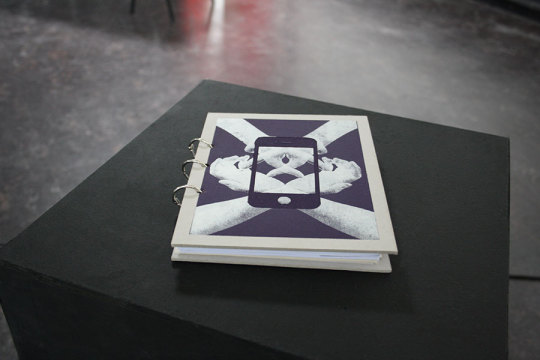









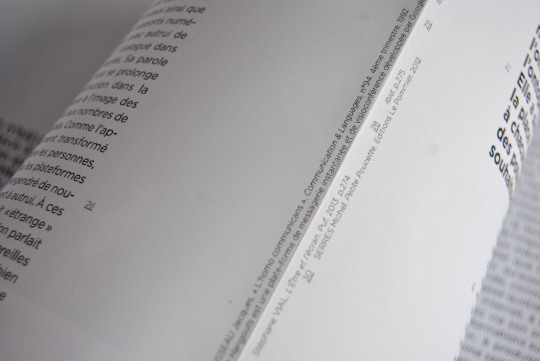

Digital Attitude
Final dissertation
The digital world is all around me, it is passing through me and I can’t get rid of it. My generation is made of it and think in a digital way. This boundless infinite space, obsessive and full of promises, in where we all live is not divided anymore by the objects’ world. This known world on which we walk, build and touch is totally overrun by digital technology. The digital world develops and increases the scope of possibilities. It seems to play and change our understanding of reality itself. Human technologies are part and parcel of the world of humans.
Digital attitude catches in the best way the heart of my reflection. Those terms steer the different notions I want to treat. Digital refers directly to finger (from « digit ») associated to the body of humans and, at the same time, to the digital world made of numerals and algorithms. It is this digital world which takes place everywhere around human beings and inside them. That is because it is directly anchored in the human being that creates a new attitude, a new appearance of human. The digital native has new positions, reactions and perceptions guided by different sensations and experiences from new technology. This new attitude that he adopts is more than just about different postures or looks. It’s larger, it is about a new way of living making sense, creating a sensitive language which informs about the person itself. The digital world, somehow as a blurry spectre above us, embraces our environment in a sort of intrusive way and models us. Indeed, if we hear sometimes that the digital revolution is only about techniques it is not. The digital revolution is also an anthropological one. The human being of my generation — the digital native — is a new specimen. That is why through my study, I will try to answer this question : What kind of behaviors are our bodies moving towards in the digital era ?
2016
This project involved: editorial design, graphic design, writting and thinking
2 notes
·
View notes